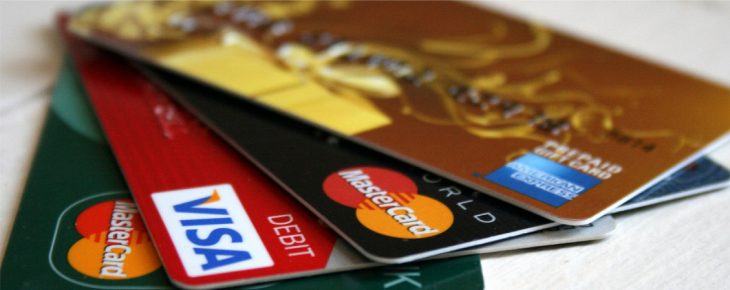Consumer spending slowed in December, holiday sales miss estimates
by January 19, 2023 4:51 pm 566 views

Consumer spending has slowed since October according to retail sales data released Jan. 18 from the U.S. Census Bureau. Retail sales in December were down 1.1% from the prior month, but up 6% year over year. November sales were revised down 1% from the prior month.
Excluding autos, the Census Bureau reported retail sales fell 1.16% from the prior-month. Core retail sales that excluded food and fuel showed sales fell 0.8% from November. Falling gas prices led to a 4.6% drop in gas station sales in December when compared to the prior month. Online sales fell 1.15% in December and department store sales dropped 6.5% amid the crunch holiday shopping season.
Economists at Oxford Economics said the weaker consumer spending momentum at the end of 2022 is a sign the economy’s main growth engine is beginning to sputter.
The National Retail Federation reports its accounting of holiday retail sales for 2022 that excludes autos, gas stations and restaurants rose 5.3% to $936.3 billion, when compared to the prior year period. Sales were short of the trade group’s forecast. Also, the NRF holiday sales period runs from Nov. 1 through Dec. 31.
While holiday sales were less than expected because of continued inflation and high interest rates, sales growth for the full year of 2022 was 7% to $4.9 trillion within the NRF annual forecast estimate, NRF reports.
“The last two years of retail sales have been unprecedented, and no one ever thought it was sustainable,” NRF CEO Matt Shay noted in the release. “Nonetheless, we closed out 2022 with impressive annual retail sales and a respectable holiday season despite historic levels of inflation and interest rate hikes to cool the economy. Consumers shopped in record numbers and retailers delivered positive holiday experiences to inflation-wary consumers, offering great products at more promotional price levels to fit their stretched budgets.”
The trade group said the strength was seen in the full-year sales growth of 7% compared to 4.9% average annual growth over the previous decade. However the sales numbers are not adjusted for inflation which ran at a 40-year high last year.
“We knew it could be touch-and-go for final holiday sales given early shopping in October that likely pulled some sales forward plus price pressures and cold, stormy weather,” said Jack Kleinhenz, chief economist at NRF. “The pace of spending was choppy, and consumers may have pulled back more than we had hoped, but these numbers show that they navigated a challenging, inflation-driven environment reasonably well. The bottom line is that consumers are still engaged and shopping despite everything happening around them.”
The holiday total includes online and other non-store sales, which were up 9.5% at $261.6 billion, compared to the prior year. NRF had forecast that the category would grow between 10% and 12% to between $262.8 billion and $267.6 billion. Online holiday sales were $238.9 billion in 2021, NRF reports. Lighter than expected holiday sales numbers were not really a surprise as one week ago Macy’s reduced earnings guidance citing weaker-than-expects sales in December.
“Based on current macro-economic indicators and our proprietary credit card data, we believe
the consumer will continue to be pressured in 2023, particularly in the first half,” noted Macy’s CEO Jeff Gennette.
Top executives at Uber, United Airlines and Delta recently said demand for travel remained robust in December despite the 44% hike in average year-over-year airfare prices. Economists at Wells Fargo Securities, said consumers are traveling more at the expense of buying things as household budgets tighten. They expect consumer spending will continue to soften this year predicting a light recession by mid-year.
NRF reports November-December holiday sales saw year-over-year gains in all but two of nine retail categories, led by online sales, grocery stores and general merchandise stores. Following are specifics from key sectors for the two months combined, all on an unadjusted year-over-year basis.
• Online and other non-store sales were up 9.5%.
• Grocery and beverage stores were up 7.8%.
• General merchandise stores were up 3.8%.
• Sporting goods stores were up 3.5%.
• Health and personal care stores were up 2.8%.
• Clothing and clothing accessory stores were up 2.2%.
• Building materials and garden supply stores were up 1.5%.
• Furniture and home furnishings stores were down 1.1%.
• Electronics and appliance stores were down 5.7%.
